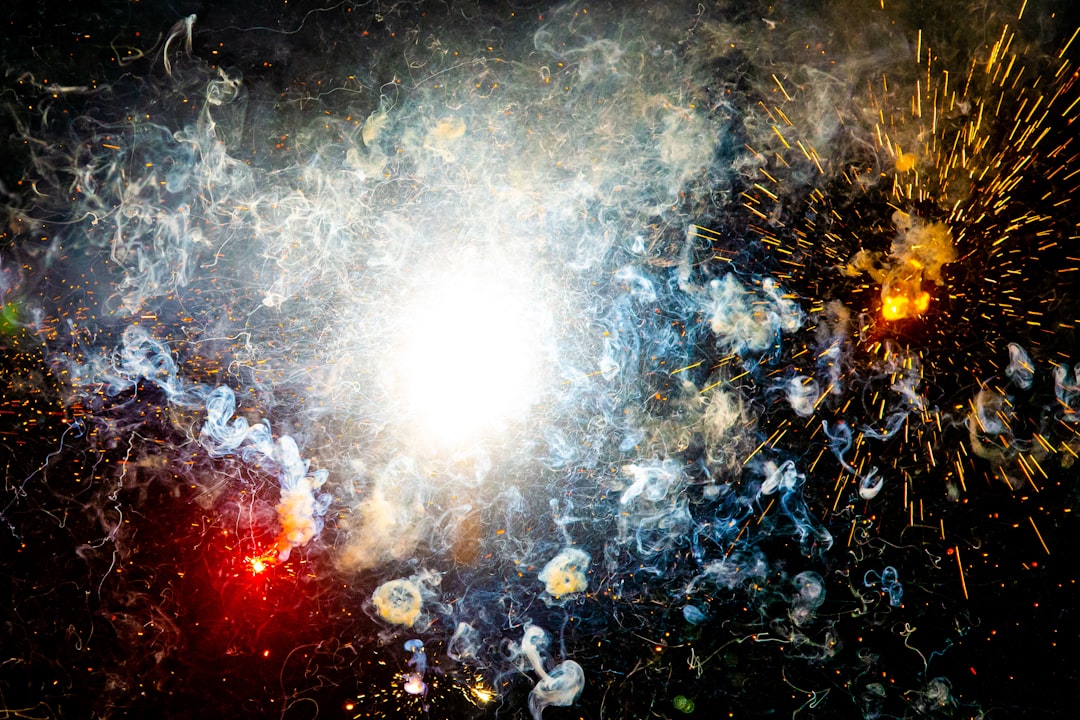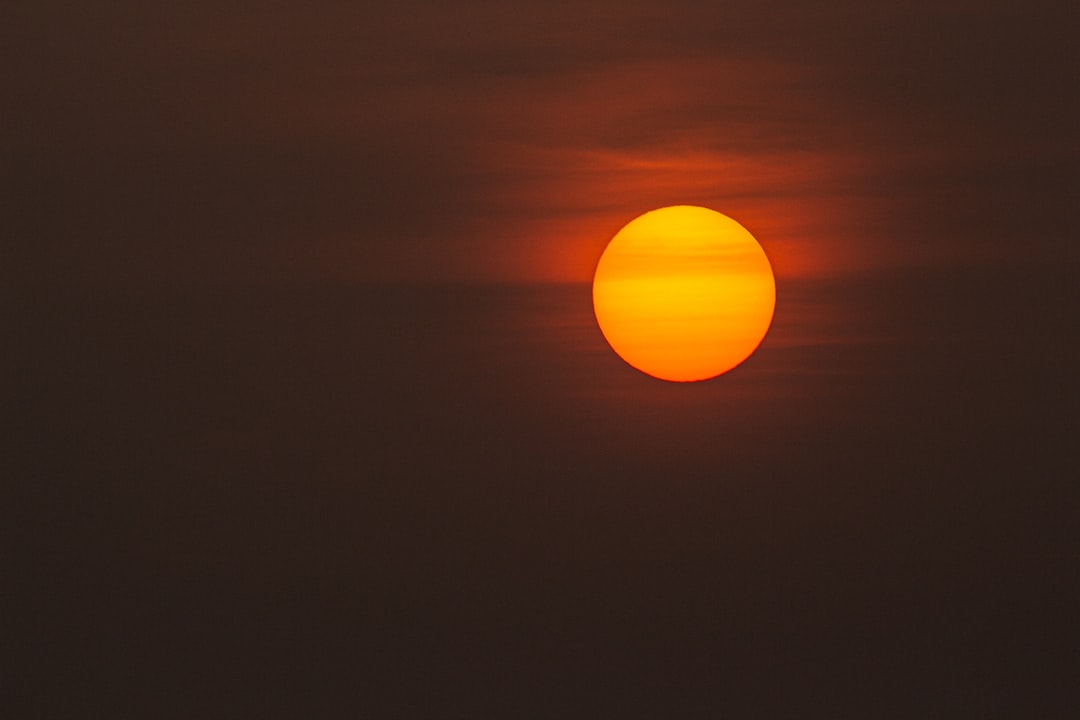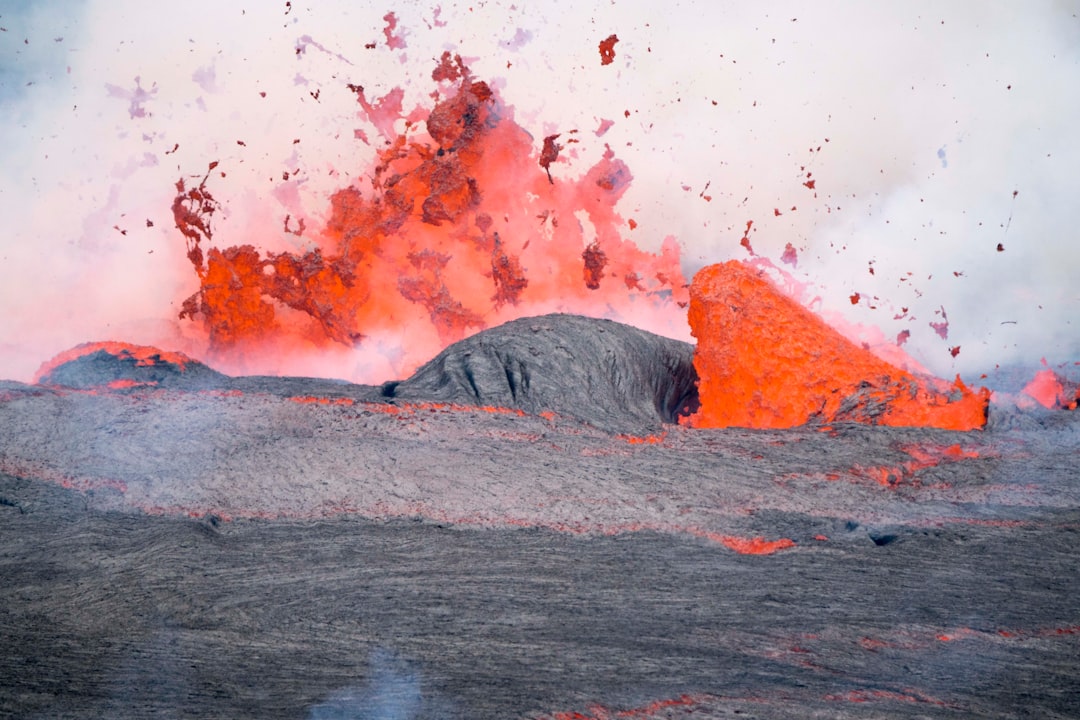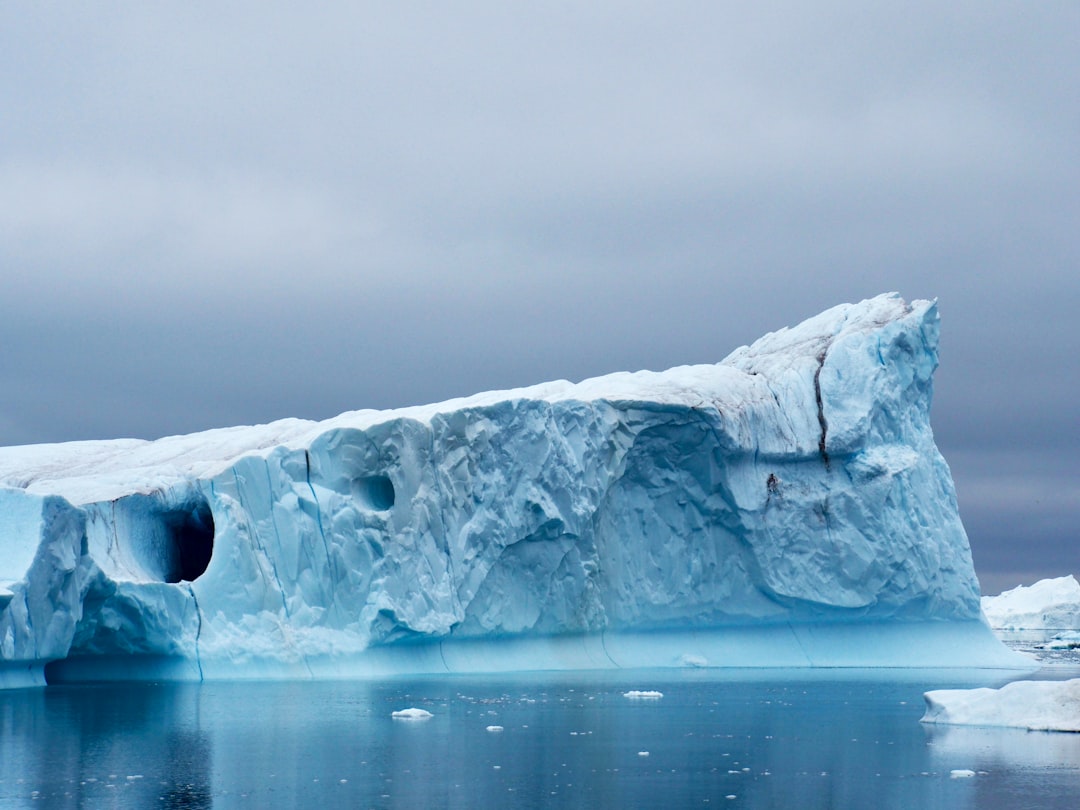The very place which is under lucky stars: Earth. We come from the Earth and will one day return to it but how much do we know about it? How old is it? How and when did it form? What is it made of? For how much of Earth’s life have humans been around? The best way to understand the wider universe is to begin by getting to know our home planet.
There is so much here, right under our feet, for us to learn about and explore. You don’t have to sell your telescope, or cover up your star map until you’ve learnt about it, but the better your understanding of Earth, the better you will be able to understand outer space. The stories of Mars, Jupiter and Venus are wonderous things to read about, but don’t forget you are a part of another great story right now: the story of Earth.
1. Earth: Conceived
The conception of Earth would have to go back to the “Big Bang”, 13.8 billion years ago. Tiny particles began grouping together. Particles formed atoms. Atoms formed stars and stars formed galaxies. Galaxies crashed into each other, stars imploded and exploded, creating black holes, as well as the matter needed to form asteroids and planets.
2. Earth: The Foetus
Almost 5 billion years ago there was only the sun, surrounded by dust. The earth hadn’t formed yet but through time gravity pulled the dust into tiny rocks. Something as complex as a planet is made from nothing more than dust and rocks! Over millions of years gravity pulled the dust and rocks together to form the Earth.
3. Earth: The Baby
The Earth was born approximately 4,567,000,000 years ago. It was covered in molten lava: a completely different planet to the one we know today. It looked more like hell than Earth! It was so hot and toxic that, if we got close to it, we would be incinerated in seconds.
A young planet, the size of Mars, collided with Earth. Trillions of tonnes of debris blasted out into space but over the course of a thousand years, gravity turned the rubble into a ring which circled the Earth. From this ring, a ball formed over two miles wide: the moon.
4. Earth: The Toddler
In the early years, 3.9 billion years ago, the Earth was being hit by endless meteorites. There was a silver lining to this meteorite pummelling, however. Inside the meteorites were minerals and essential amino acids for creating life.
It was thousands of feet beneath the waves where early life began. Underwater chimneys spewed hot liquid which mixed with the minerals and chemicals from the meteorites. The water became a chemical soup. It is impossible to know when but this is how single-celled organisms began. For hundreds of millions of years nothing changed, the only life was single-celled organisms.
5. Earth: The Child
Recognizable signs of life were here around 3.5 billion years ago. Rock-like plants began to harness the sunlight using photosynthesis. Over the next 2 billion years the oxygen levels continued to rise.
6. Earth: The Teenager
3 billion years after the Earth’s birth, there was no complex life, but one seismic event happened. The earth’s crust broke into vast plates and the core’s energy was so powerful that the plates began moving. Over 400 million years a vast super continent took shape, called Rodinia. The days were 18 hours long and the planet looked more like Mars than Earth!
7. Earth: The Adult
It’s not until 750 million years ago that complex life began. Intense geological activity created a mass of volcanoes pumping gas into the atmosphere. The carbon dioxide mixed with water and created acid rain. Rocks absorbed the acid rain and took carbon dioxide out of the atmosphere. There was not enough carbon dioxide in the air to trap the heat inside the planet and the temperature plummeted to minus 60 degrees.
650 million years ago an ice age began. An ice sheet ten thousand feet thick covered the entire planet. The earth changed from a planet of fire to a planet of ice. Virtually all the sun’s light reflected back into space and the future of life seemed hopeless. Even volcanoes made no impact on the ice.
It continued like this for 15 million years. One thing the volcanoes do, however, is pump out carbon dioxide. This acted like a blanket around the Earth which raised the planet’s temperature. The ice began to melt and oxygen levels rose.
Around 600 million years ago, the days were hot and lasted 22 hours: the perfect recipe for life! 540 million years ago the primitive bacteria had now evolved (the ones which had survived the big freeze). Sea life such as worms and sponges came into being, and so did larger mammals too.
Fast forward to 375 million years ago and the ozone layer had formed, allowing land animals to emerge literally from the depths. 15 million years later, 360 million years ago, dinosaurs in all shapes and sizes were here. 95 per cent of all life was wiped out by a huge volcano explosion 250 million years ago but they recovered and flourished once again. In total, the dinosaurs roamed earth for 165 million years. 65 million years ago, however, they were wiped out by an asteroid, bigger than Mt Everest, hitting the Gulf of Mexico.
8. Earth: Middle Aged
Homo erectus joined Earth’s story 1.5 million years ago, from whom we all descend, but it was only 70,000 years ago that the first homo sapiens arrived. Scientists believe we are all descended from the same group of 200 homo sapiens who crossed out of Africa into Europe.
The next big date comes 40,000 years ago: another ice age arrived. It acted as a bridge for humans between Asia and the Americas. The ice age receded about 6,000 years ago to the Arctic and Antarctic. What we were left with, at long last, was a world which looked recognizable and it’s just a small step further to where we are now. The story of Earth is only just over half-way through, however. It will go on for another 4.5 billion years.
If Earth's existence began at midnight, and the present moment is the following midnight, then humans have existed since 11:59:59 pm (one second). Earth’s story, as with the stories of the stars and planets around us, are humbling. We get a sense of how short our time is here on Earth. Those special moments in life are made extra special by the fraction of a fraction of time we have relative to the Earth’s lifespan.
Remember to love and treasure every moment as much as you can. Of course, we would recommend buying a personalized star map to make sure you remember them. If you’ve read this far, however, don’t stop. Keep reading and keeping learning about the story of Earth. It can help you to understand about the wider universe, and also appreciate your short time in this epic tale which has led to a story of your own.









